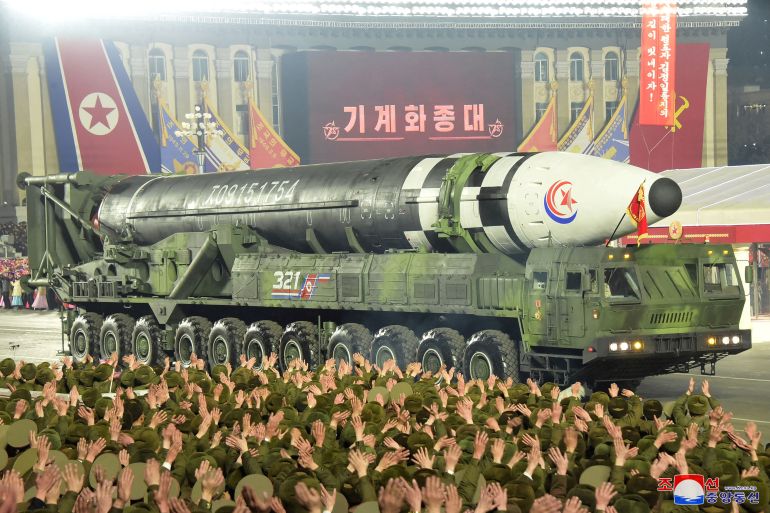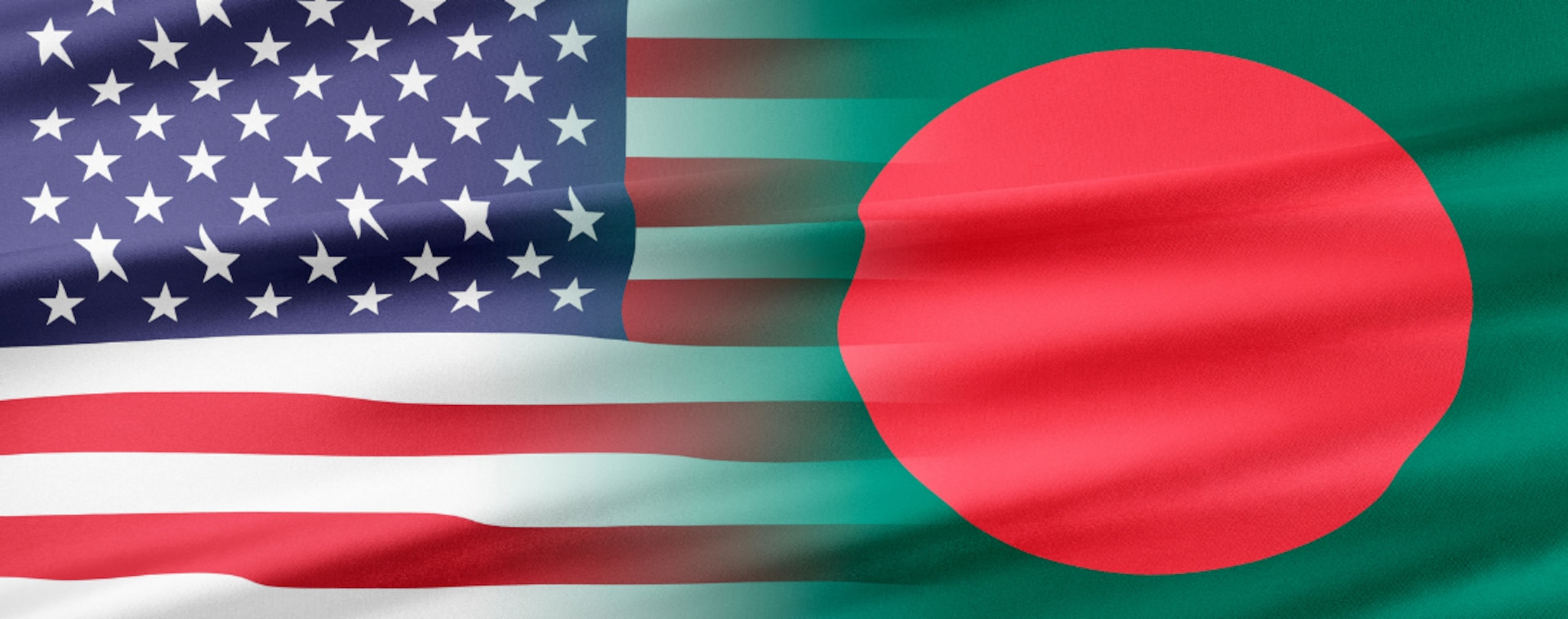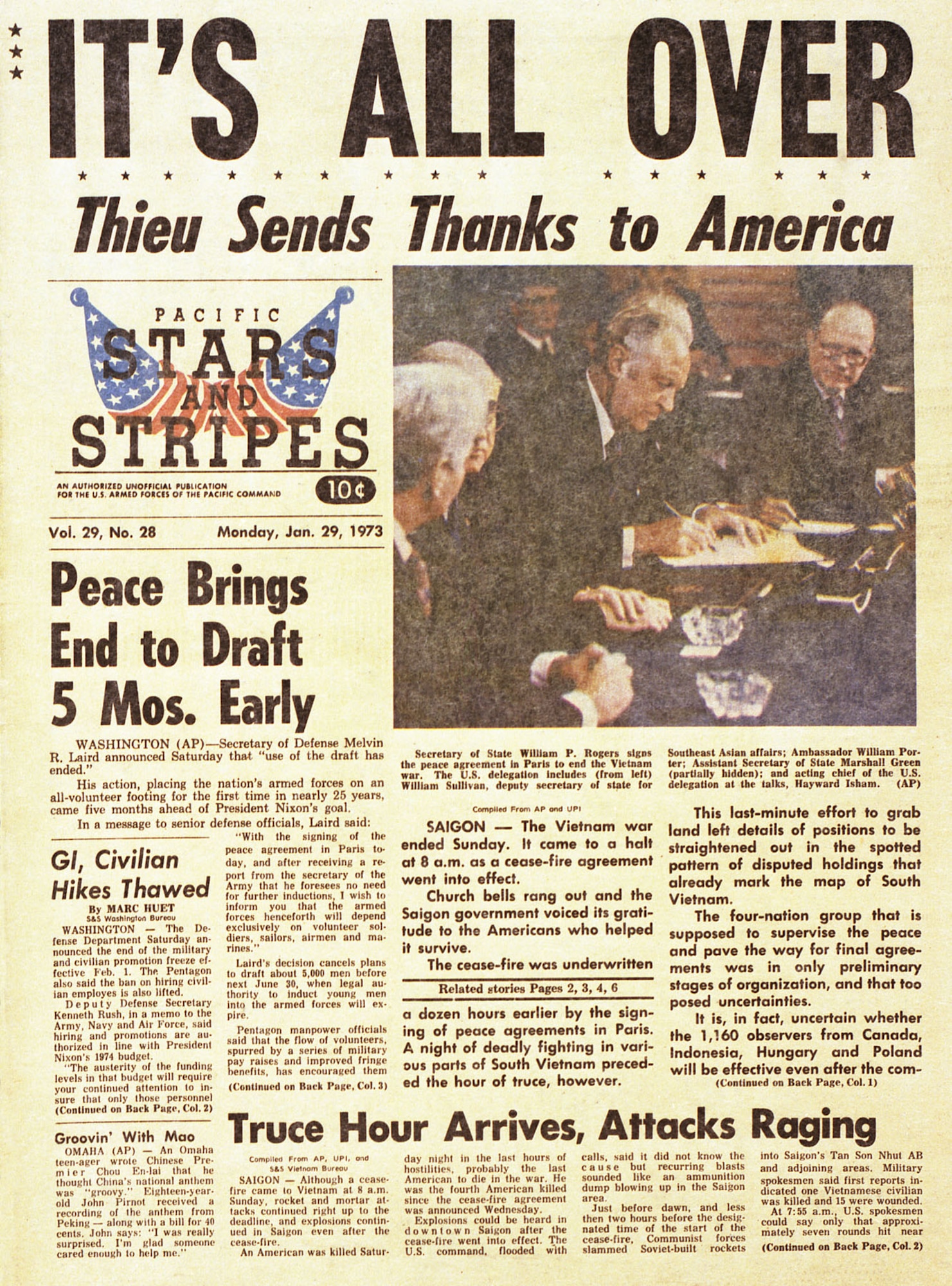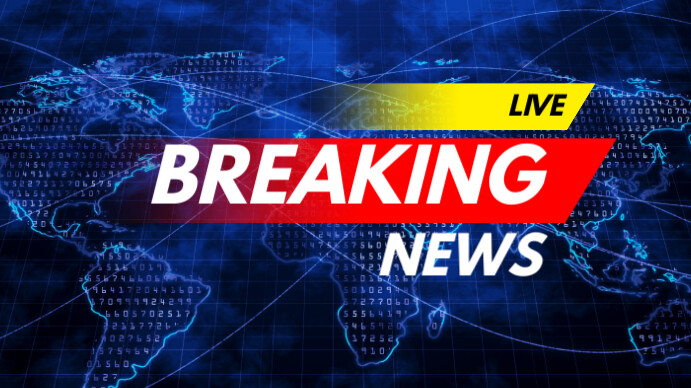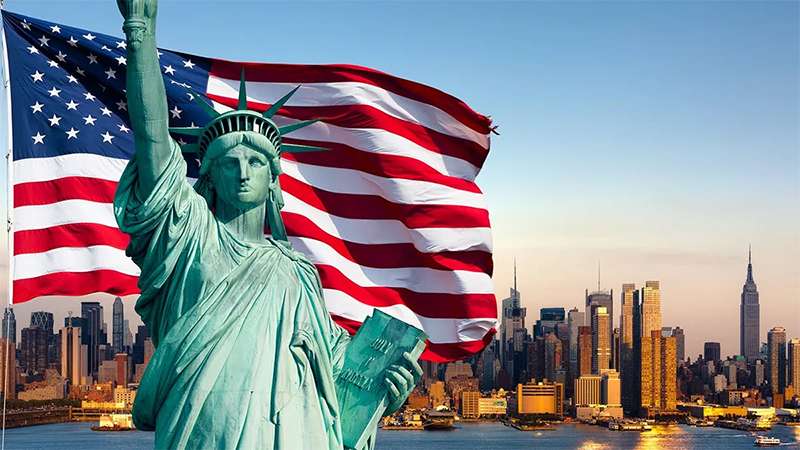| The Historical Context | | To make sense of today’s headlines, we need to rewind a bit. The history between North Korea and the USA is complex and, dare I say, a little messy. |
| Korean War and Its Aftermath | | The Korean War (1950-1953) set the stage for this tumultuous relationship. North Korea, backed by China and the Soviet Union, clashed with South Korea, supported by the USA. The war ended in a stalemate, leading to a divided peninsula and a deeply ingrained animosity. This conflict still casts a long shadow over interactions between the North and the South, as well as with the US. |
| Nuclear Proliferation | | Fast forward a few decades, and we find tnchronicle.com nuclear ambitions have taken center stage. The North’s development of nuclear weapons has become a significant point of contention. With each test, tensions rise, and the stakes become higher. |
| Recent Developments | | Alright, let’s get to the meat of it—what’s happening now? North Korea has been making headlines lately with some bold moves. |
| Missile Launches and Tests | | North Korea’s missile launches often grab the spotlight. Just when you think things might calm down, they surprise the world with a test. These actions are seen as defiance against international norms, not to mention they make the US very uneasy. |
| Impact on US Relations | | Each launch doesn’t just signal technical progress; it sends a message. The US is forced to reassess its strategy. How will it respond? Will sanctions escalate, or will there be attempts at dialogue? |
| Diplomatic Strain | | Alongside missile tests, diplomatic relations have been rocky. |
| Summits and Their Outcomes | | Remember the historic summits between Kim Jong-un and Donald Trump? They had the potential for breakthrough, but ultimately didn’t lead to lasting peace. Each meeting seemed more like a photo-op than a genuine effort to resolve differences. |
| Media Representation | | The portrayal of North Korea in the media plays a huge role in shaping public perception. |
| How North Korea is Portrayed | | North Korea often comes across as the “bad guy” in Western media. We see stories of military parades and oppressive regimes, but is that the whole picture? |
| US Media vs. International Media | | It’s interesting to compare how US media reports on North Korea versus international outlets. The narrative often shifts, highlighting different aspects of the situation. |
| Public Perception in the US | | So, what does the average American think about all this? |
| Influence of Propaganda | | North Korean propaganda paints a very different picture than what we see here in the States. This leads to fear and misunderstanding among the public. |
| Fear and Misunderstanding | | The American public’s perception can be swayed by media portrayals, often leading to a fear-based understanding of North Korea. But is that really fair? |
| The Role of Social Media | | In today’s digital age, social media has become a powerful tool for information (and misinformation). |
| Information Dissemination | | News spreads faster than ever, but not all information is reliable. With social media, it’s a double-edged sword. |
| Misinformation and Its Consequences | | The spread of misinformation can escalate tensions and create misconceptions about the North. What happens when fear trumps understanding? |
| The Future of US-North Korea Relations | | So, where do we go from here? What’s the crystal ball say about the future? |
| Potential Scenarios | | The relationship could go in several directions: continued tension, a return to diplomacy, or even a surprising thawing of relations. The future is uncertain, and each day brings new developments. |
| Conclusion | | Understanding the dynamics of North Korea’s news against the USA is crucial for grasping global politics today. It’s not just about missiles and rhetoric; it’s about real people, real fears, and real decisions that can impact us all. So, stay informed, question the narratives, and remember that every headline is part of a bigger story. |


